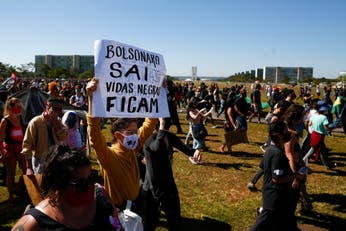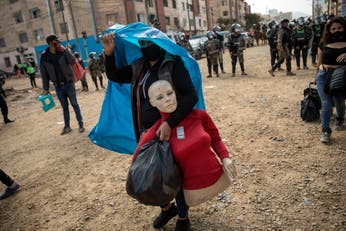¿Sabías que en Argentina existen comunidades afrodescendientes desde la época colonial? Sin embargo, a pesar de su historia y presencia, la comunidad afro sigue siendo invisibilizada y discriminada en la sociedad argentina actual.
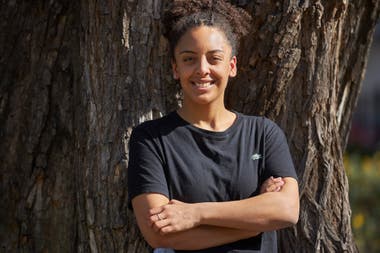
Personas como Jennifer Parker, una joven activista afroargentina, están luchando por cambiar esta realidad. Jennifer se define a sí misma como compositora, showgirl, modelo independiente y activista antirracista. Con tan solo 23 años, Jennifer ha experimentado la discriminación y el racismo desde su infancia en San Luis, donde sus compañeras de escuela la marginaban por su color de piel y cabello.
Aunque el censo de 2010 registró alrededor de 150,000 personas que se autoidentificaron como afrodescendientes, la comunidad estima que hay alrededor de 1,500,000 argentinos y migrantes de origen afro. Este año, el próximo censo incluirá por primera vez preguntas sobre la autoidentificación étnica, lo que permitirá obtener una imagen más precisa de la población afrodescendiente del país.
Las redes sociales también están desempeñando un papel importante en la lucha contra la discriminación racial. En ellas muchos jóvenes han empezado a denunciar prácticas como la apropiación cultural y el blackface, y han llamado la atención sobre la importancia de respetar la cultura afrodescendiente. Por ejemplo, hace poco se generó un debate cuando Ángela Torres y Lali Espósito aparecieron con peinados típicos de la cultura afro. También, el primer ministro de Canadá, Justin Trudeau, tuvo que disculparse por aparecer en una foto disfrazado de Aladdin con la piel pintada de negro.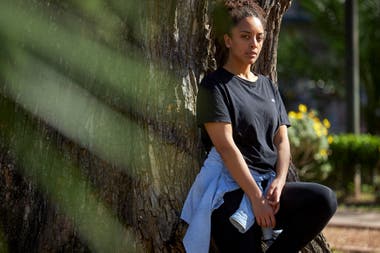
En definitiva, es hora de reconocer la presencia y el aporte de la comunidad afroargentina a la sociedad y de erradicar el racismo y la discriminación que aún existen en nuestro país. Como sociedad, debemos comprometernos a escuchar y apoyar las voces de la comunidad afro en su lucha por la justicia social y la igualdad.
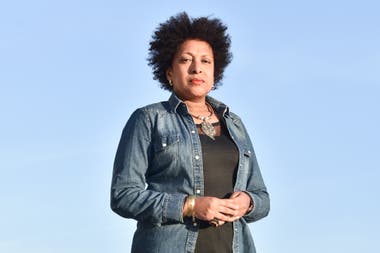
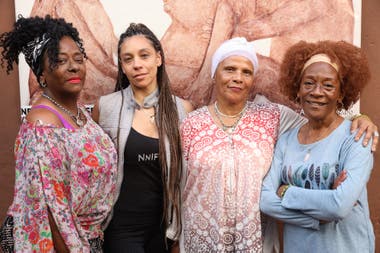
Publicado en el diario La Nación

